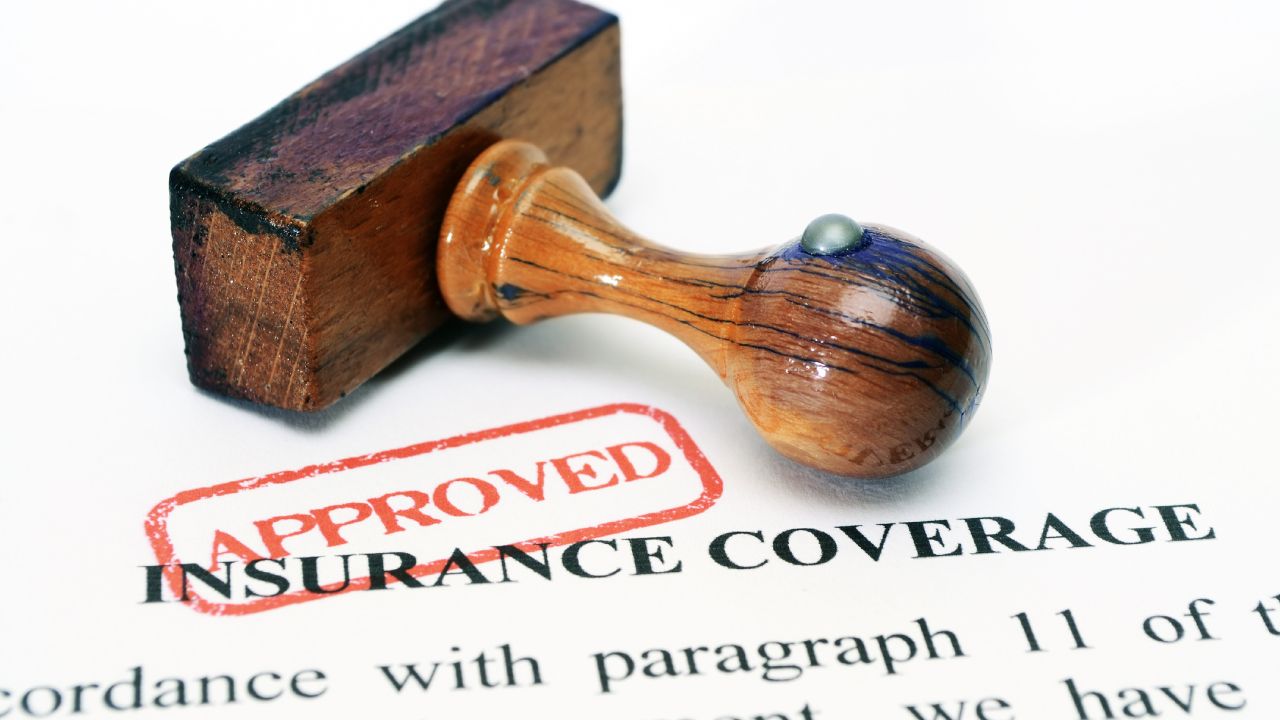There are different ways to check your insurance coverage depending on the type of insurance you have. Common approaches include:
Reaching out to the insurance provider: Call or visit the provider’s website, offering policy number, customer ID, or other pertinent information to confirm coverage. Creating or logging in to an online account may be necessary to view policy details.
Examining the insurance card: Inspect the insurance card for a toll-free number, website, or email address to contact the provider and inquire about coverage specifics. Policy number, plan name, and co-payment amount might also be available on the card.
Accessing a government dashboard: Log in to a government site like Healthcare.gov or CPF.gov.sg for health insurance information and premium details. Personal information such as name, date of birth, and social security number is needed to access the dashboard.
What factors affect insurance coverage?
Insurance coverage represents the amount of risk or liability encompassed by an insurance policy.
Various insurance types have distinct factors influencing their coverage. Common factors include:
Insurance type: Your chosen insurance determines the risks or events your policy covers, such as medical expenses for health insurance, vehicle damage for car insurance, or property damage for home insurance.
Personal information: Age, gender, health status, lifestyle habits, driving history, and credit score impact insurance coverage.
Older individuals might face higher health insurance premiums, smokers could pay more for life insurance, and poor drivers may have higher car insurance costs.
Sum insured: This is the maximum amount your insurance policy pays when you make a claim. Higher sums insured lead to increased coverage and premiums, while lower sums lead to reduced coverage and premiums. Choose a sum insured that suits your needs and budget.
Deductibles and co-payments: These amounts come from your pocket before your insurance policy covers the rest.
Higher deductibles or co-payments result in lower premiums and coverage, while lower deductibles or co-payments cause higher premiums and coverage.
Select a deductible or co-payment that aligns with your financial situation.
External factors: Market conditions, inflation rates, natural disasters, and legal regulations can affect insurance coverage.
Rising medical costs may boost health insurance premiums, increased natural calamities could raise home insurance premiums, and changes in legal rules might require policy compliance with new regulations.
Do insurance policies cover pre-existing conditions?
Pre-existing conditions refer to medical issues present before obtaining an insurance policy.
Insurance policies vary in their coverage of pre-existing conditions, with some general points outlined below:
Health insurance: The Affordable Care Act mandates that all health insurance plans cover pre-existing conditions without denial, increased premiums, or waiting periods.
Some short-term or limited-benefit plans, however, might not adhere to these regulations, potentially excluding or limiting coverage.
Car insurance: Policies might cover pre-existing vehicle damage if disclosed to the insurer and accompanied by an additional premium.
Undisclosed damage may result in claim rejection or policy cancellation upon later claims.
Home insurance: Similar to car insurance, disclosing pre-existing property damage and paying an extra premium can lead to coverage.
Failing to disclose may result in claim denial or policy cancellation.
Life insurance: Policies could cover pre-existing conditions, such as diabetes, high blood pressure, or cancer, depending on factors like age, health, medical history, and policy type.
This may require higher premiums, a medical exam, or lower coverage amounts. Insurers might also enforce waiting or exclusion periods for pre-existing conditions.
Do insurance companies have different coverage for different states?
Yes, Insurance coverage can vary between states due to the type of insurance and state laws and regulations.
Different states may have different policies offered by insurance companies. Some of the examples are:
Auto insurance: Auto insurance coverage requirements vary by state. For example, Different states have varying requirements for drivers regarding their insurance coverage.
Some mandate personal injury protection (PIP) or uninsured/underinsured motorist (UM) coverage, whereas others do not. Some states also have different minimum liability limits or no-fault laws that affect how claims are handled.
Health insurance: Health insurance costs and options can vary from state to state based on plan availability, competition, state regulations, and subsidies or tax credits provided.
Some states manage their health insurance exchanges and widened Medicaid access under the Affordable Care Act. In contrast, others utilize the federal marketplace without expanding Medicaid.
Home insurance: Home insurance coverage and premiums may vary by state depending on the risk factors, such as natural disasters, crime rates, building costs, etc.
For example, some states may have higher rates of hurricanes, floods, earthquakes, or wildfires that affect the coverage and cost of home insurance.
Some states may also require or offer specific types of coverage, such as sinkhole insurance or hurricane deductibles.
How can you ensure that you have adequate insurance coverage?
They should start by conducting an inventory of their property to determine the replacement cost and liability risks associated with their business or personal assets.
They should then assess their coverage needs and take into consideration any changes in their circumstances that may impact their insurance needs.
It is important to choose an adequate sum insured that will cover all liabilities and debts.
Finding a knowledgeable and experienced agent who can help them determine their coverage needs and adjust their policies accordingly is also essential.
What is the process for checking the insurance coverage of another person’s vehicle?
To check the insurance status of another’s vehicle, explore several methods. Reach out to the police or DMV, though this might take time.
Another choice involves contacting your insurer and sharing the other driver’s details, possibly allowing them to verify coverage.
Note that checking someone else’s insurance status could pose greater challenges than checking your own.





